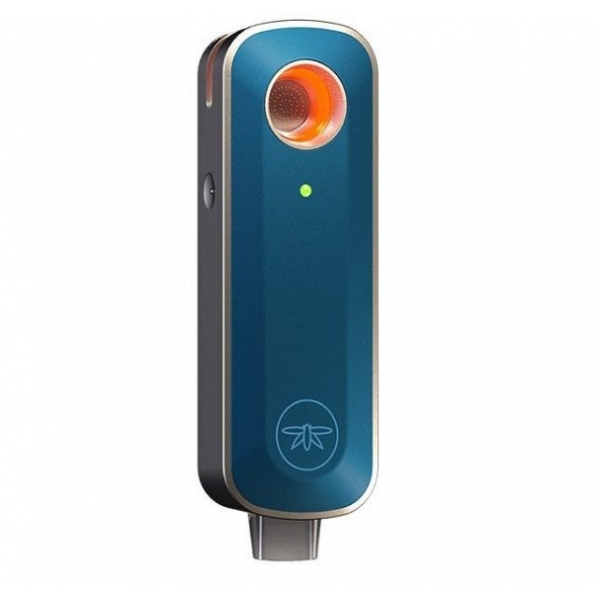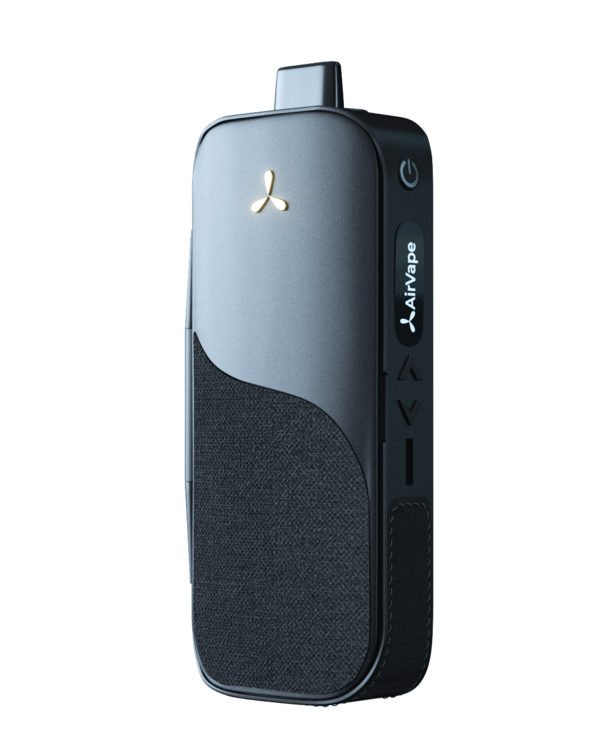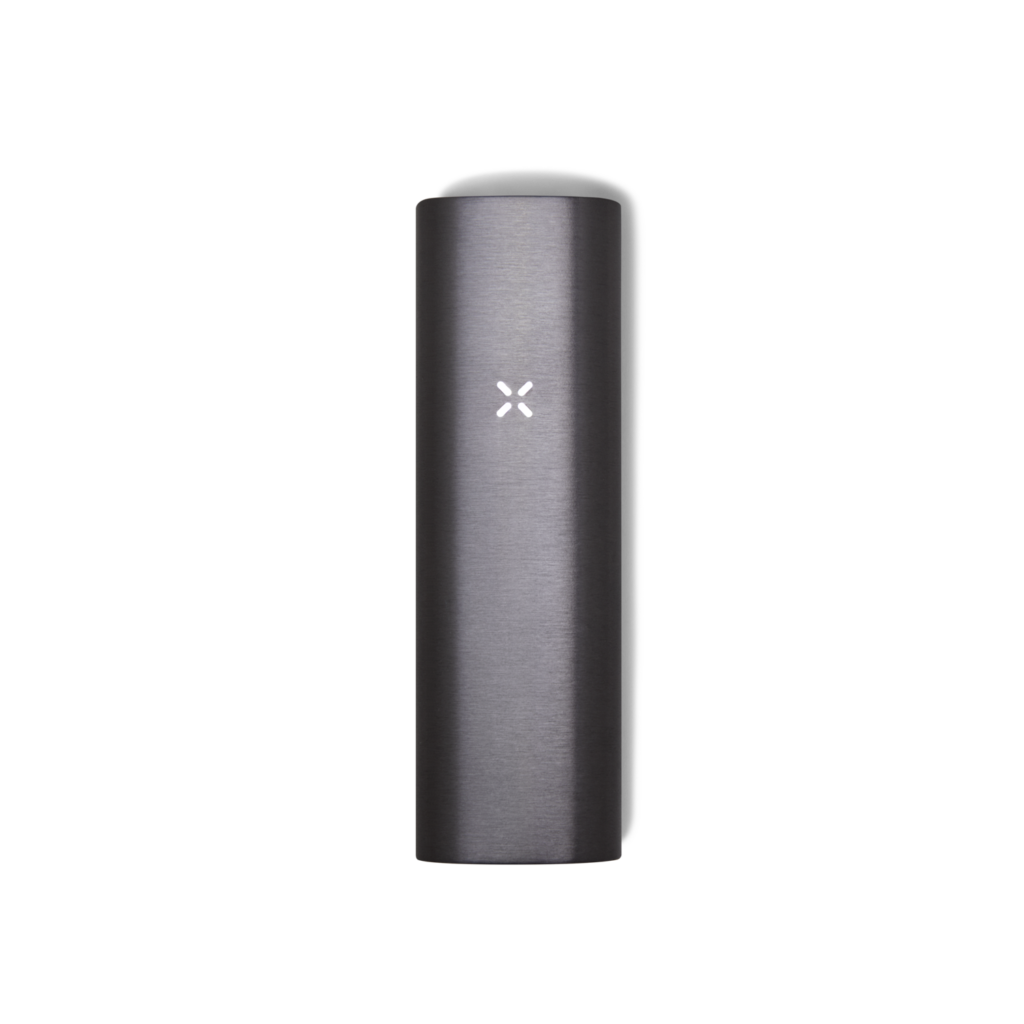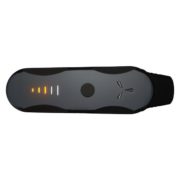Types of dry herb vaporizers heating methods
Heating techniques in vaporizers include conduction and convection. When a heat source is directly in touch with a heated object, it is referred to as conduction. In convection heating, hot air is circulated through a heating element to warm the substance.
Difference between Conduction vs. Convection.

Convection and conduction are the two oven options for a dry herb vaporizer. A vape’s capacity to heat a user’s herb efficiently and effectively is the most vital characteristic. The debate between conduction and convection revolves on the object’s temperature.
One’s vaping experience is influenced by the oven style. As a result, it is recommended that new users first decide whether they prefer conduction or convection. To far, the most common way of heating e-liquid or plants has been conduction vaporization. They are still highly popular on the market, and some elderly users choose to stick with them rather than switch to anything new. Read more about common mistakes new vapers make here.
New cannabis vape models are Convection vaporizers, though. This hasn’t kept them from acquiring market share and generating a lot of attention. They use a different method of transferring heat than conduction vaporizers. This provides a better vaping experience for the consumer.
Differences between conduction and convection vaping.
| Basis for Comparison | Conduction | Convection |
| Meaning | For vaporization, conduction vaporizers employ direct heat contact rather than convection. It turns to vapor because the cannabis is in close touch with the compartment’s walls. | Moving fluids, such as water, may be used as a medium for heat transmission. In convection vaporizers, the heat is transferred by flowing fluids like steam, such as water. |
| Temperature Control | The user may fine-tune the temperature intensity thanks to the conduction concept. | Temperature intensity is out of the hands of the user. |
| Maintenance and Upgrade | They don’t need to be updated or maintained very often. | Maintaining and upgrading them on a regular basis will help keep them in good working order. |
| Speed | Within five minutes, the temperature of a conduction vape may rise to the desired level. | Vaporizers that use convection heating reach their maximum temperature in more than ten minutes. |
| Cost | As the item isn’t complicated, it’s reasonably priced. | It’s a little costly because of the many complex chambers. |
| Heating | Increased smoke inhalation may be caused by direct heat from an energy source. | Heated herbal ingredients are not directly exposed to a heat source. As a result, they cannot burn. |
How Convection Works in Vaporizers.

Chicken or turkey may be warmed in a convection oven by using hot air Because the meat was not in direct touch with the source of heat, no portion of it burned. The heat transmission through convection is the same in these vaporizers. Heat may be transferred by using a medium such as flowing fluids, such as water. In convection vaporizers, the heat is transferred by flowing fluids like steam, such as water. Assuming that the oils and herbs are not directly exposed to the heat source, this implies that the herb will be uniformly heated.
This necessitates a vaporizer with a greater number of chambers. E-liquid oil or herbs should be kept separate from the heat source in a separate compartment. Having them so close to one another isn’t a good idea. For the heated fluids to reach the compartment containing herbs and e-liquid, there should be enough room for them to travel.
Investing in a convection vaporizer is a smart move because of its many benefits. Because there is no chance of combustion, this is a major benefit. As a result, the heat does not directly affect the plants. As a result, they cannot burn. Combustion produces ash and smoke, which must be understood. Toxic compounds and smoke may be ingested if the plant is burned.
Proportional heating is another benefit of convection vaporizers. Aromatic oils and herbs are enveloped by the molecules of hot air, which ensures that each region is heated up at the same moment, increasing the taste.
There is just one drawback to convection vaporizers: they take a while to heat up and need a lot of heat to work properly.
How Conduction works in Vaporizers.

In contrast to convection vaporizers, conduction vaporizers employ direct heat contact to heat up their contents. The boiling water analogy is a good analogy for this concept. Because the water is in close contact with the hot cooking surface, it heats rapidly.
Conduction vaporizers feature a basic and clear design. As a consequence of the battery’s output of energy, the coil warms up. Then, a coil is used to heat the ceramic or metallic container containing the cannabis.
Indirect contact with the compartment’s walls causes cannabis to vaporize.
Many newer vaporizers use conduction to warm up e-liquid. The user may fine-tune the temperature intensity thanks to the conduction concept. You can control how hot it becomes by twisting a knob, which has an instantaneous impact.
Conduction vaporizers have a huge benefit in terms of speed.
As a consequence of direct and immediate contact with the source of heat, heat transmission is very rapid. There are no moving parts in these vaporizers. The conduction vapes heat up in about 5 minutes as a result of this. It takes less time to heat up than convection vapes, which may take up to ten minutes. Patients who use cannabis for anxiety and pain alleviation would greatly benefit from this speed. Using a conduction vape is the best way to get immediate relief.
Additionally, the conduction vape is inexpensive. Unlike convection vapes, this one is simpler and has less parts. It’s a great alternative for newbies who aren’t ready to commit to a large amount of money.
Another advantage of these vaporizers is that they don’t need a lot of upkeep. It’s ideal for those who don’t want to spend a lot of time and money on repairs and upgrades. In addition, it’s ideal for novices who may be overwhelmed by the many elements of the process.
There are, however, certain drawbacks to conduction vapes.
Their popularity has waned as a result of the recession. Some of its drawbacks have caused it to lose market share. The significant danger of combustion is one of its most serious drawbacks. Direct heat from the energy source may burn the plants and so increase one’s danger of breathing smoke, as noted above. Toxic compounds are inhaled as a result, altering the flavor and making the food taste bad.
An further drawback of conduction vaporizers is their tendency to overheat. To receive any heat, the herb must be directly in touch with the coils. To ensure a uniform heat distribution, users often have to shake the heating chamber.
I hope you enjoyed reading about the types of dry herb vaporizers. We will soon post more articles about the subject. Enjoy!
